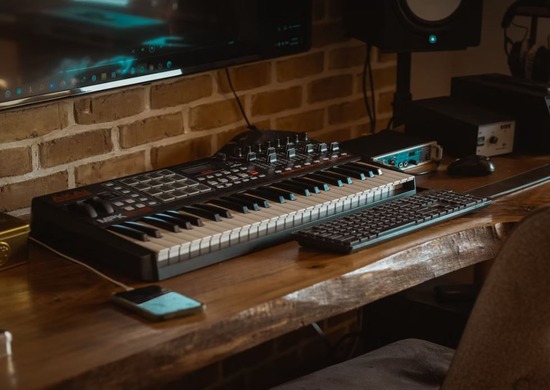
Musicians know how important it is to have a quiet space where they can create music without disturbing loved ones and neighbors. Whether you’re a beginner or a professional musician, soundproofing your home studio is critical to achieving great results without any noise interference. And while soundproofing may seem daunting, it’s not as hard as it sounds. This post will provide a comprehensive guide on how you can soundproof your home studio.
Roofing
When building a home studio or renovating one, most people tend to overlook the roofing, which is a significant factor in soundproofing. The type of roofing and materials used can significantly impact the amount of noise that enters the room. A flat roof or one with uneven slopes will allow sound waves to bounce off the surface and penetrate through the ceiling. To avoid this, it’s best to have a sloping roof that directs the sound waves away from your studio. As for the type of roofing material, choose those that are dense and absorb sound, such as clay tiles. Standard asphalt shingles are not suitable for soundproofing, as they allow sound waves to pass through.
Walls
After fixing your roof, the next step is to focus on the walls. Sound waves typically bounce off walls and create an echo. Therefore, it’s essential to install sound-absorbing materials like acoustic foam tiles, fabric-lined baffles, or laminate flooring with underlayment. These materials will prevent sound waves from bouncing around the room and into the surrounding areas. However, it’s not enough to just install these soundproofing materials on the studio walls. You’ll need to install them on your windows, ceiling, doors, and floor as well to create a complete soundproof environment.
Doors and Windows
The doors and windows in your studio can also cause sound leakage. The simplest solution is to use heavyweight soundproof curtains and install thick seals around the doors and windows. These seals are particularly useful for doors, as they block out sound from the gaps at the bottom. For windows, it’s best to use double-pane windows as the extra thickness helps reduce sound penetration. Also, consider replacing your window glass with laminated glass or soundproof glass, as these materials are specifically designed to absorb and block out sound waves.
Location
Lastly, choose the right location for your home studio. It’s best to select a room that’s far away from the noise source, for example, the road or high traffic areas, to minimize external noise. If your studio is in a noisy location, you’ll need to incorporate more soundproofing materials into your room to counteract it. Additionally, opt for rooms that are naturally quieter areas in your house, such as the basement or attic, as they’re good sound absorbers.
Soundproofing your home studio is not an easy task, but it’s definitely worth it. It’s crucial for both recording fine music and creating a peaceful home. While soundproofing can seem overwhelming, taking small steps like fixing the roof, walls, doors, and windows, and selecting the right location are crucial in achieving a great soundproof home studio. Therefore, follow this comprehensive guide above and give yourself the gift of a peaceful and productive musical space.
